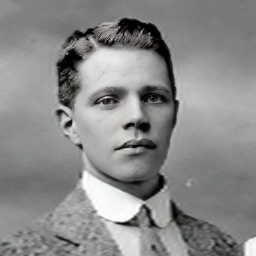
My grandfather, William Sutherland Pender Galloway was born on 18 January 1886 at the family home on Carnegie Street, joining his parents, Georgina and Robert, and his older brother Alexander. Life in Edinburgh was difficult for many families, and sadly, Alexander died a year after William’s birth. The family also lost three more children in infancy.
In 1889, the family moved to 160 Dumbiedykes Road and stayed there until around 1900. They then settled at 10 Salisbury Street, where they lived for many years. Later, William’s parents moved just up the hill to number three Salisbury Street.
A wonderful photograph taken from the Radical Road on Arthur’s Seat shows Edinburgh Castle and Salisbury Street in the foreground. Number 10 is the fourth tenement down the hill. The Galloways lived on the top floor in the flat with the iron balconies, which was the only one like it.
While working as a tailor for the well-known Edinburgh firm Harrison, Brown and Dummer, William married Henrietta Johnson Galloway on 25 August 1911. Henrietta lived nearby at 106 Pleasance, just around the corner from Salisbury Street. They held their wedding at 23 McLaren Street, a private home, rather than a church or hall.
Like others in his family, William joined the Pleasance Mixed Group. The Pleasance Trust Mixed Club was popular among Southside residents and offered a range of activities, including a theatre group that frequently put on shows.
As a boy, William joined the 9th Company of the Boys’ Brigade, meeting at the Tron Church Halls on Niddry Street. This experience likely inspired him to join the Queen’s Edinburgh Rifles, a volunteer group formed in 1859, where he played clarinet and bagpipes in the band. In the summer of 1913, the band attended a summer training camp at Monzie (pronounced without the “z”).
In January 1916, William left the Army and joined 77 Squadron of the Royal Flying Corps. This squadron was created because people were worried about Zeppelin raids reaching the north-east of England and Scotland. Zeppelins had already attacked Edinburgh in early April 1916, and 13 people lost their lives. The squadron mainly served as a training unit and did not see much action. William left the service in April 1920. After the war, he went back to work at Harrison, Brown and Dummer as a coatmaker.
William died at a very young age, just 43, on 21 May 1929 at the city’s Royal Infirmary.

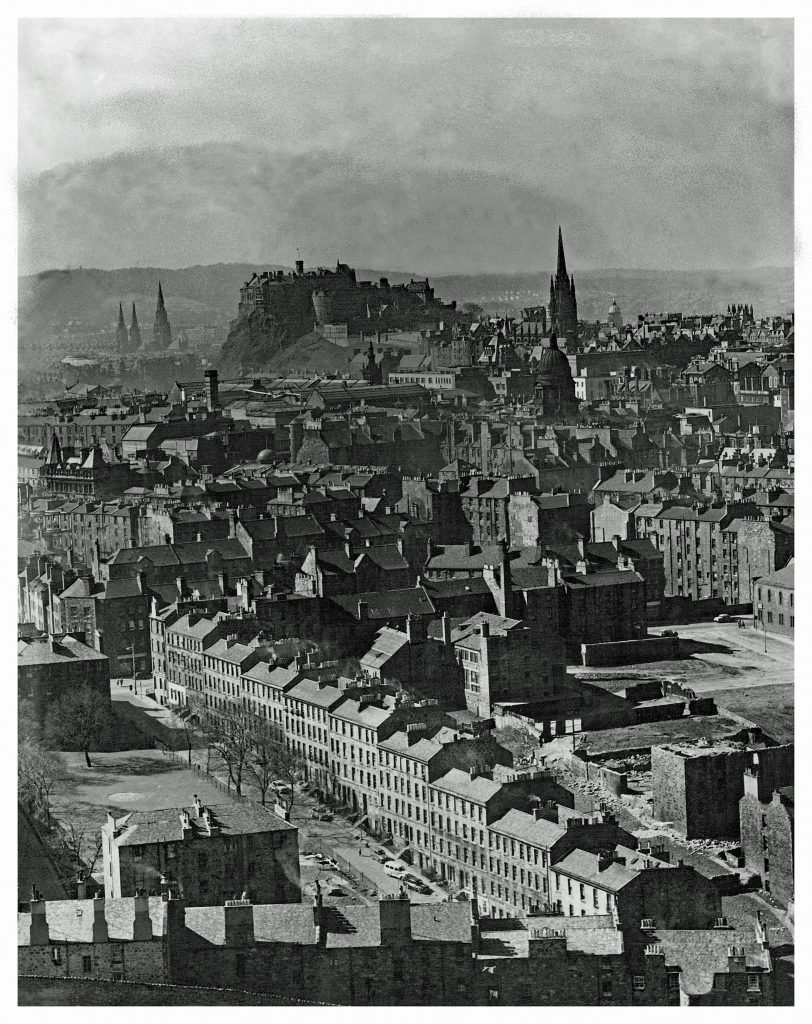
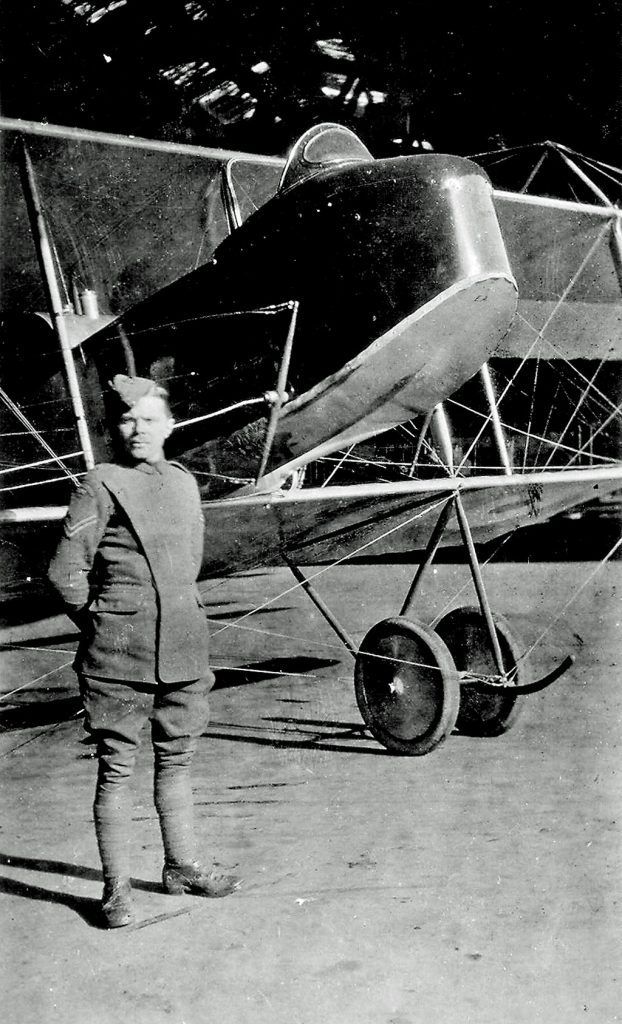
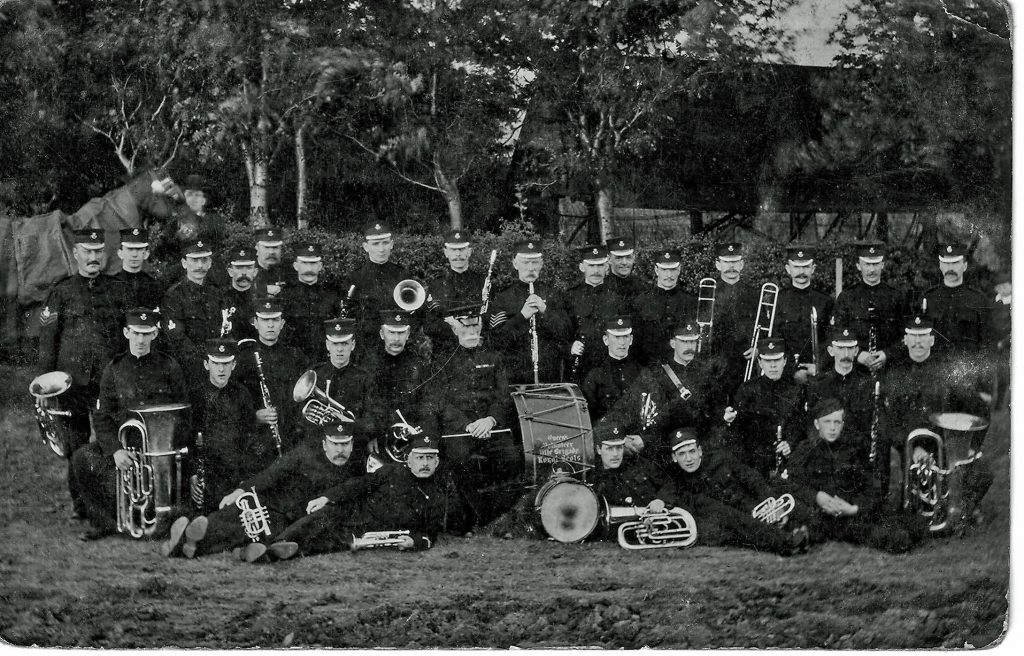
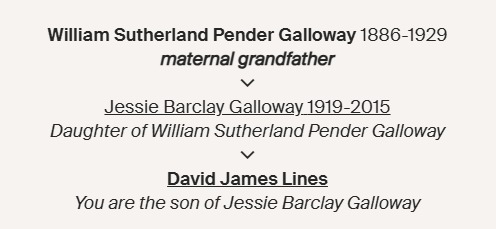
Comments are closed